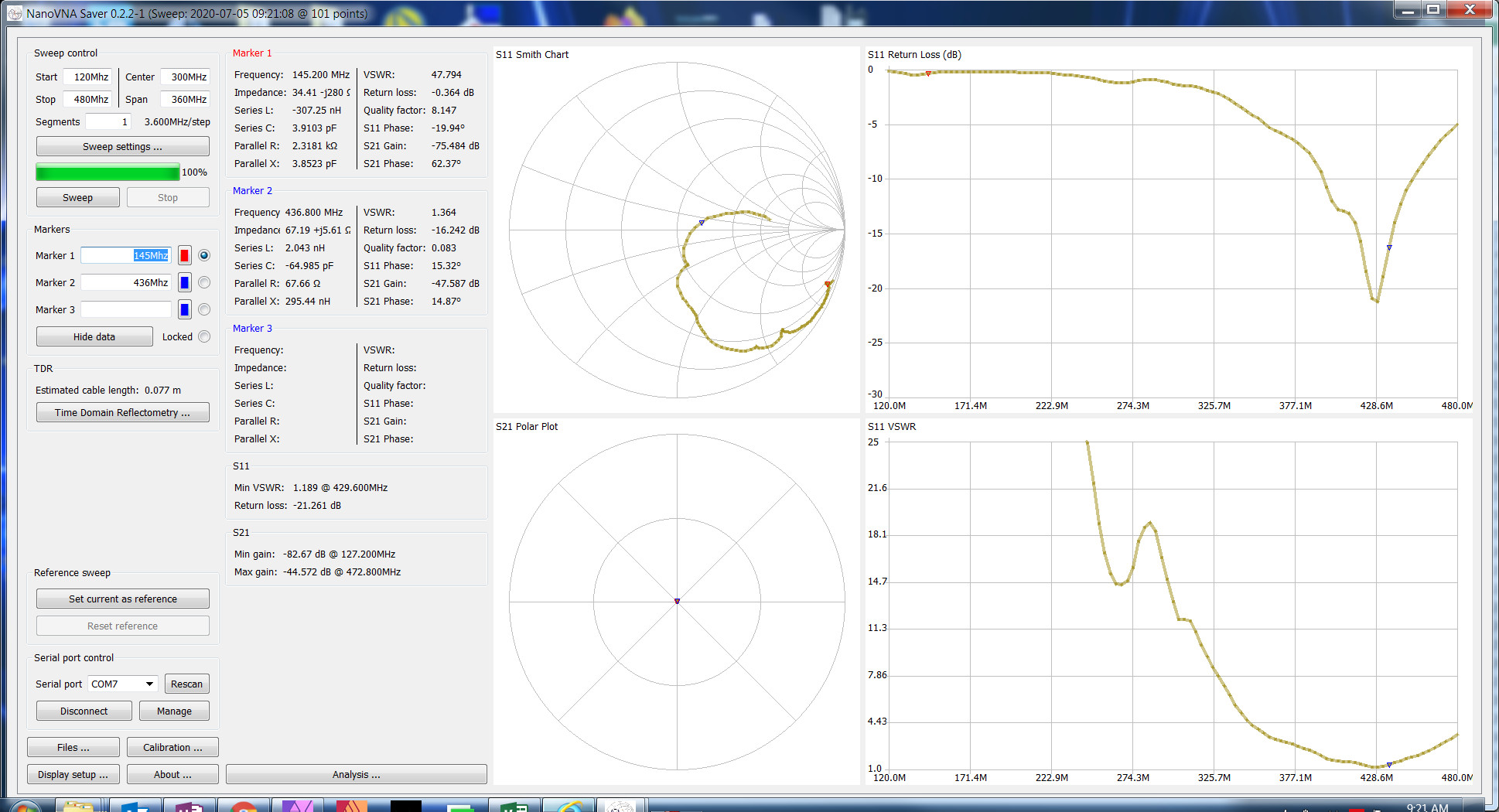 |
The Icom ID-31a is a UHF (70cm) D-STAR radio and currently the least expensive new option for getting into D-STAR digital radio. When talking D-STAR, the least expensive is still expensive, is it worth it? Let’s find out!
I originally bought the Icom ID-31a as an introduction to D-STAR to see if it was something that interested me. While I won’t go into detail on how that worked out, I will say that this radio did a fine job of representing D-STAR in general. I wish there were cheaper options like there is for both Yaesu’s Fusion and DMR, but that is a discussion for another article.
Icom in my mind has always been a brand that didn’t really bring you a lot of bells and whistles, but what they did give you was well done and well made. The Icom ID-31a carries that idea forward with a good build quality that just feels nice. That is to be expected since it is made by Icom Japan.
From the buttons on the side to the keys on the front, the knobs on top, the covers over the ports, the LCD screen, and even the belt clip all look and feel better than the cheaper Chinese radios. They better because the Icom ID-31a is around a $250 radio.
One of my pet peeves is batteries that have the belt clip on them, and the Icom ID-31a has that. The good news is they solved the problem by making the belt clip easily detach from the battery allowing you to replace it without replacing the battery, or if you need a new battery you do not have to replace the clip too. They also made it to where the clip on the Icom ID-31a can not accidentally come off while the battery is attached to the radio. I like it!
Since I bought the Icom ID-31a specifically for use with D-STAR that was the first thing I jumped on and tried, and it worked very well. Once I got the hang of programming for D-STAR I wound up linking the radio even more. The little four-way control with a center button in the middle winds up being really nice when using D-STAR.
When in digital modes the audio both directions is very good and while I do not get as many compliments as when using my Kenwood TH-D74, I have not had any complaints either. Considering the Icom ID-31a is half the price of the Kenwood, I will take that.
My one real complaint with the Icom ID-31a at this point was not a reflection on the radio at all, but with the Icom id-31a programming software that you have to have in order to do any real programming ID-31A. Not only was it very difficult to even find it, but it is also very rough around the edges and seems to have not been updated in a very long time. Yes, it is functional and got me where I needed to be but when compared to offerings from companies, including the free open source CHIRP (which will not work with this radio, unfortunately, but that is typical of all digital radios) are far nicer.
The next problem I found was that the Icom ID-31a radio seems to just splatter the entire spectrum when it transmits, having one of the worst spectrums of any radio I have ever tested. This seems to detract from its range and can affect the audio transmit quality in a variety of situations. Not all the time mind you, but to me, this is not at all acceptable in a radio that costs this much.
Photos
Icom ID-31a Test Results:
| Screen readability | Very Good |
| In-hand feel | Good |
| Included antenna | Very Good |
| Construction quality | Very Good |
| Belt clip | Good |
| Programmability | Very Good |
| Transmit audio | CLICK TO LISTEN |
| Maximum power output (2m/70cm) | N/A / 2.3 watts |
| Size | 235 * 62 * 44 mm |
| Actual weight | 8.2 oz |
| Icom ID-31a manual | CLICK TO DOWNLOAD |
| Programming software | CLICK TO DOWNLOAD |
| Icom ID-31a Overall score |


| FEATURES: | |
|
|
|
|
Conclusions

GET THE BOOK!


